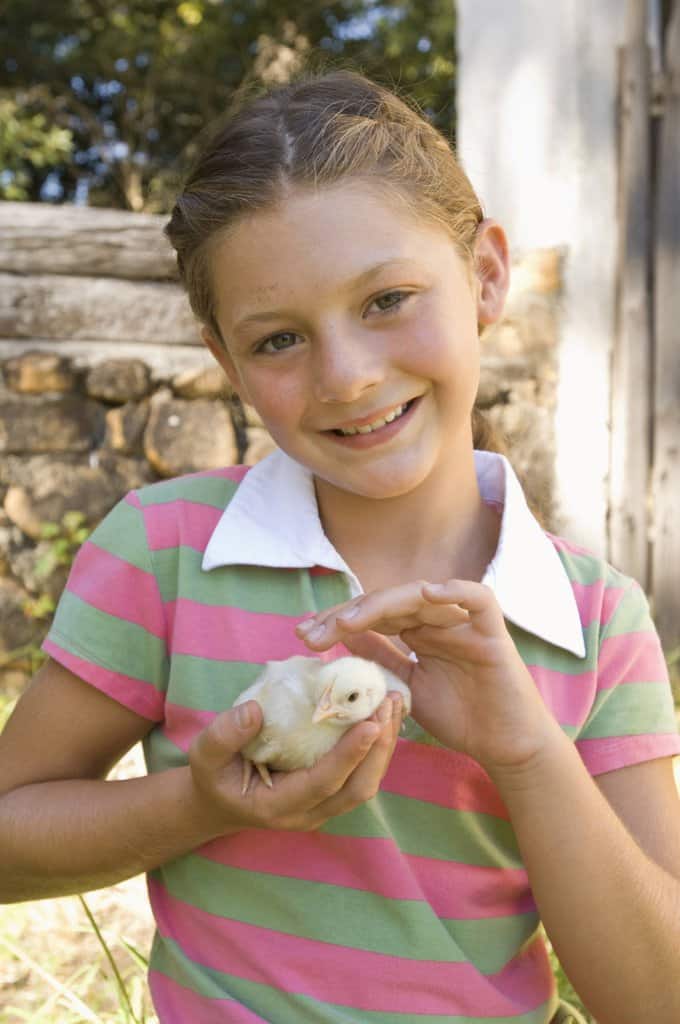“But someone will ask, “How are the dead raised? With what kind of body will they come? How foolish! What you sow does not come to life unless it dies.” – I Cor. 15:35, 36
Even very young children wonder about death. God has created us with a curiosity that causes all to seek answers. We make a mistake when we think we must wait until children are a certain age to learn about death and the resurrection. When they start asking questions, we need to provide answers at a rate and depth they can handle.
Nature, itself, provides many answers to the questions children have about death and life after death. Some of the best lessons we can give children are given in informal settings in natural surroundings. Comments about how dead everything looks in the winter sparks a conversation about how spring will come and those dead-looking trees and shrubs will sprout buds and bring forth leaves and flowers.
A really good activity for children is gardening. If space is limited, even putting beans in a jar of water with paper towel is an experiment that shows children that the beans lose their identity and become something that looks entirely different. Straw bale gardening is becoming popular as well as above ground gardens. Any project that involves planting seeds and realizing that they die and produce something else will demonstrate to children that God has things worked out for us after death. Children can be told that when we die, God will bring us back to life. We don’t know exactly what we will look like, but we will still be ourselves and know others. We can trust God to take care of us if we have believed and put our faith in Him.
For an indoor lesson, one can simply cut a branch from a tree or shrub that has not yet started to bloom and another from a tree or shrub that is budding or blooming. Show the dead-looking shrub first and discuss how it looks as though there is no life at all. Then, show the branch from the other shrub and discuss how God had planned for it to bud and come back to life. Relate the discussion to human bodies.
Baby chicks and animals are another of nature’s lessons to represent new life. When we see new farm animals in the fields, we can start a conversation about the new life that God provides. God has everything planned! We can trust Him! Children will catch on to the fact that we serve a magnificent God when we discuss these things with them.
Nature’s lessons are wonderful for explaining the resurrection, but children need to know also that not everyone will be resurrected to live in heaven. They need to learn that heaven is only for those who believe in Christ’s death and resurrection, repent and ask to be saved. They should not be forced to make a decision. Only the Holy Spirit can save a person, but we are held responsible for informing them of the truth.

